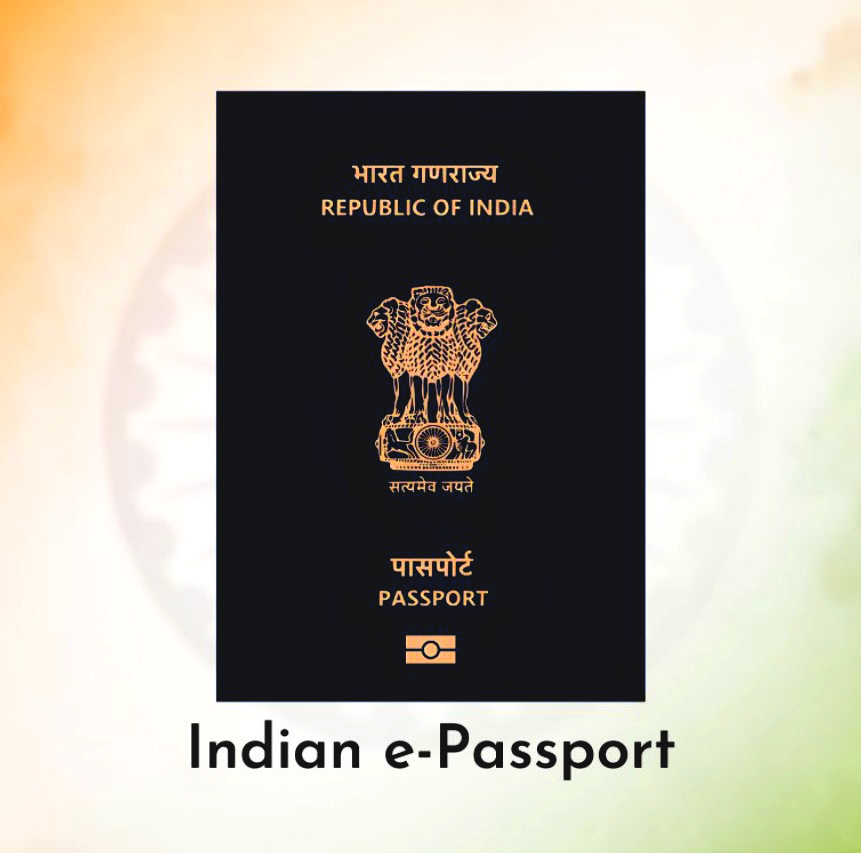Meta Description: Discover India’s e-Passport 2025: Enhanced security, biometric features, and faster immigration. Learn how to apply online and upgrade your travel experience.
India e-Passport 2025: Features, Benefits, and How to Apply
Table of Contents
- Introduction
- What is an e-Passport?
- Key Features of India’s e-Passport
- Benefits of the e-Passport
- Differences Between Traditional and e-Passports
- How to Apply for an e-Passport in India
- Rollout Timeline and Availability
- Security Measures and Data Protection
- Global Acceptance and Travel Advantages
- Frequently Asked Questions (FAQs)
Introduction
In a notable step forward for travel security and efficiency, the Government of India has begun the process of issuing e-Passports starting in the year 2025. These next-generation passports utilize sophisticated technology to enhance international travel and protect an individual’s personal information.
What is an e-Passport?
An e-Passport, which stands for electronic passport, is a traditional passport booklet that is equipped with an electronic microprocessor chip. This includes biometric and personal details of the holder that are securely stowed away, which also enables automated identity verification and decreased forgery risk.
Key Features of India’s e-Passport
• RFID Chip: Stores biometric data such as fingerprints and facial recognition along with personal information
• Digital Signature: Provides authenticity and protection from tampering
• Better Security Features: Uses watermarks, holographic images, and other anti-tamper elements
• ICAO Compliant: Follows the rules for secure and standardized travel documents
Benefits of the e-Passport
• Better Security: Allows biometric data to be encrypted reducing the chances of identity theft or passport fraud
• Faster Processing: Allows for quicker verification at e-gates and immigration control worldwide
• Worldwide Acceptance: Accepted all over the world which improves credibility of Indian passports
• Convenience: Reduces paperwork and manual checks for a seamless travel experience.
Differences Between Traditional and e-Passports
| Feature | Traditional Passport | e-Passport |
| Biometric Data Storage | No | Yes (RFID chip) |
| Security Features | Basic | Advanced (digital signature, RFID) |
| Immigration Processing | Manual | Automated (e-gates) |
| Global Compliance | Limited | ICAO-compliant |
How to Apply for an e-Passport in India
- Register Online: Visit the Passport Seva Portal and create an account.
- Login: Access your account using the registered credentials.
- Application Form: Select “Apply for Fresh Passport/Re-issue of Passport” and fill in the required details.
- Appointment Booking: Schedule an appointment at the nearest Passport Seva Kendra (PSK) or Post Office Passport Seva Kendra (POPSK).
- Document Submission: Submit the necessary documents and biometric data during your appointment.
- Fee Payment: Pay the applicable fees online or at the PSK/POPSK.
- Application Tracking: Monitor the status of your application through the portal.
Rollout Timeline and Availability
The initial issuance of e-Passports has begun in some areas, and as of March 3, 2025, Tamil Nadu’s Regional Passport Office in Chennai issued the first “e-Passport”. By March 22, 2025, Tamil Nadu had issued 20,000 e-Passports. The country under e-Passport implementation is a phased rollout, with the full rollout expected by mid-2025.
Security Measures and Data Protection
India’s e-Passport contains multiple levels of protection to safeguard personal data:
• Encrypted Biometric Data: Secure sensitive data in both storage and transmission.
• Digital Signatures: Authenticate the passport’s validity and prevent tampering.
• Regulatory Compliance: Documents that meet international standards set forth by ICAO for secure travel.
Global Acceptance and Travel Advantages
The e-Passport is beneficial in allowing improved global travel for citizens of India:
• Visa-Free Travel: As of May 2025, Indian passport holders can travel to 58 countries visa-free.
• Faster Clear Access to Borders: When travelling to one of the participating countries, e-gates allow for expedited immigration.
• Improved Credibility: e-Passport’s advanced security features present a credible stature of Indian passports internationally.
Frequently Asked Questions (FAQs)
Q1: Is the e-Passport mandatory for all Indian citizens?
A: No, existing traditional passports remain valid until their expiry. However, new applicants and renewals may receive e-Passports as the rollout progresses. (Passport Seva)
Q2: Can I upgrade my current passport to an e-Passport?
A: Yes, you can apply for a re-issue of your passport, and if your regional passport office is equipped, you’ll receive an e-Passport. (Passport Seva)
Q3: What documents are required for the e-Passport application?
A: The documentation requirements remain the same as for traditional passports, including proof of identity, address, and date of birth.
Q4: Are there additional fees for the e-Passport?
A: The fee structure for e-Passports aligns with that of traditional passports.
Q5: How secure is the data stored in the e-Passport?
A: The e-Passport employs advanced encryption and digital signatures to protect personal data, making it highly secure against unauthorized access.
SEO Keywords: India e-Passport 2025, e-Passport features, e-Passport benefits, how to apply for e-Passport, biometric passport India, e-Passport application process, RFID passport India, secure travel documents India, Indian passport upgrade, e-Passport security
Note: This article provides an overview of India’s e-Passport initiative as of 2025. For the most current information and application procedures, please refer to the official Passport Seva Portal.
![]()

